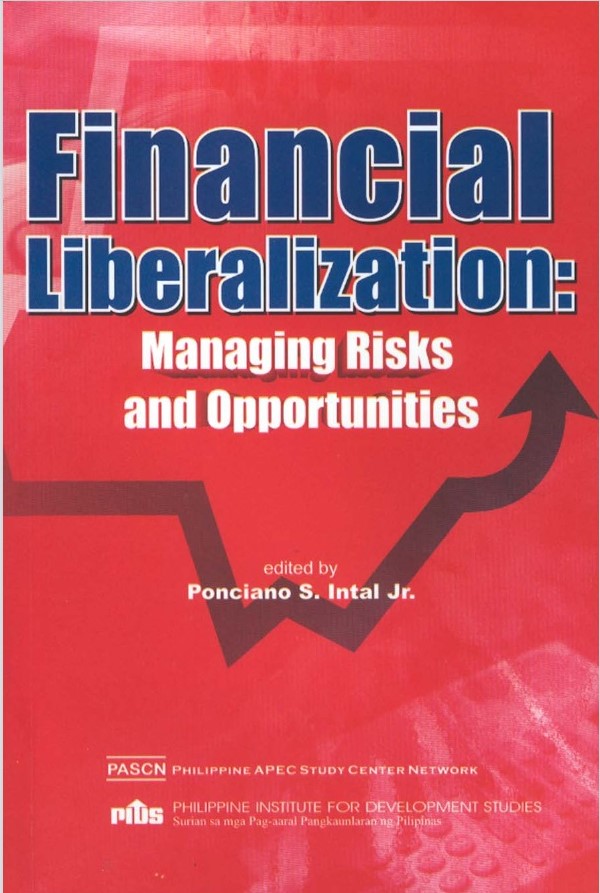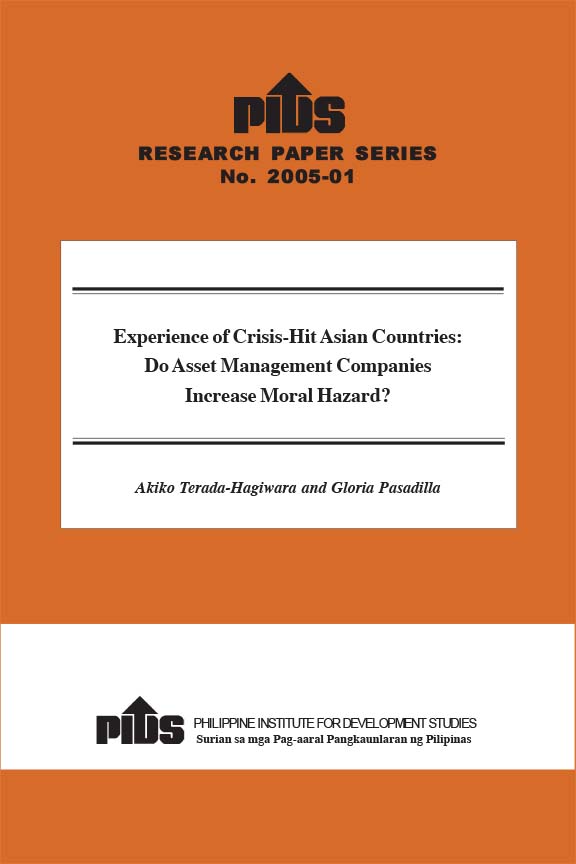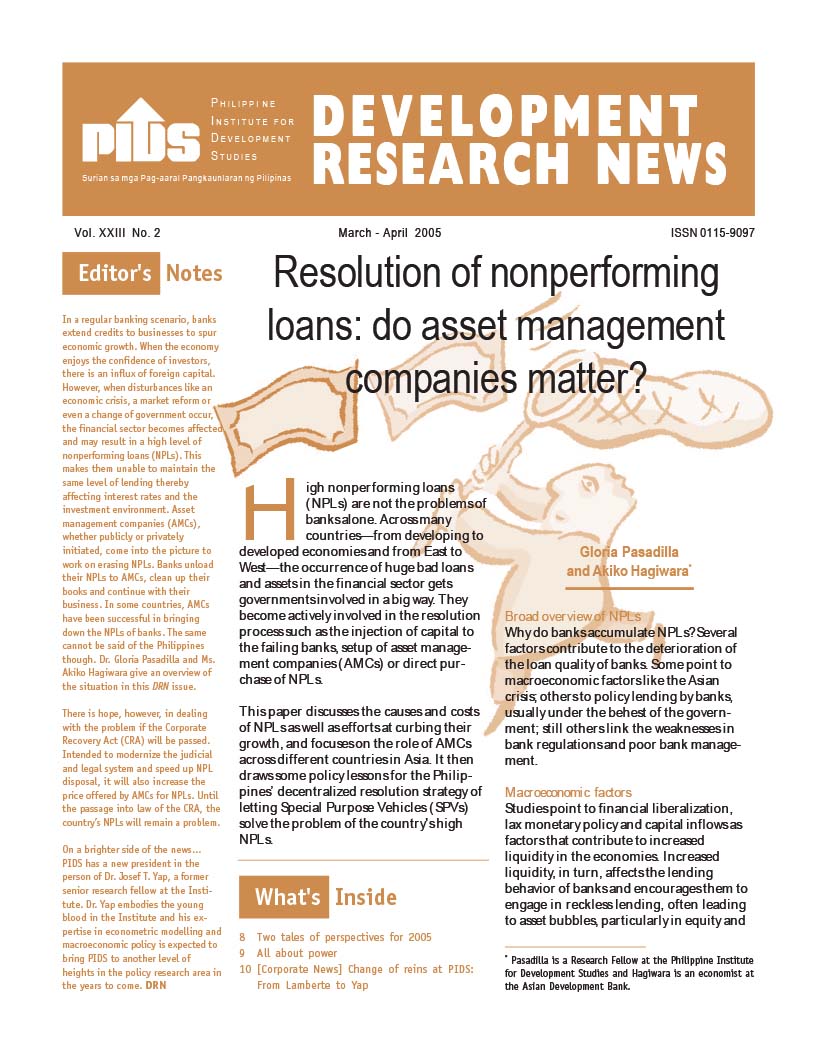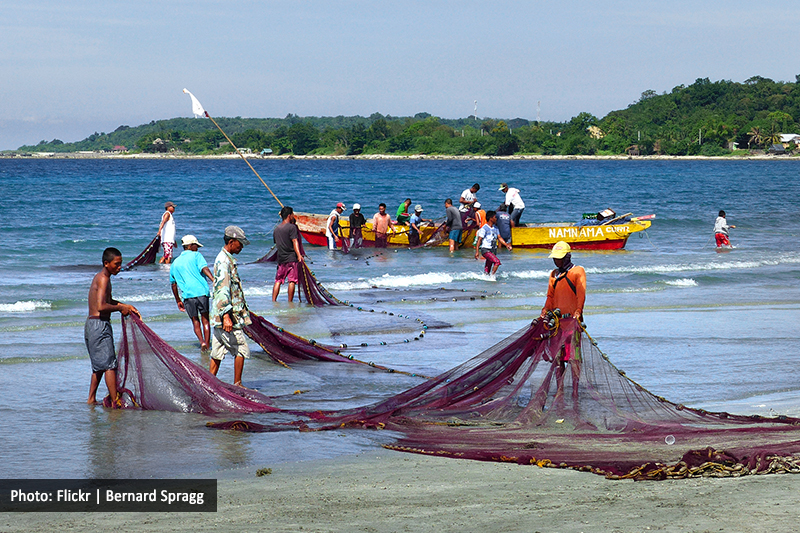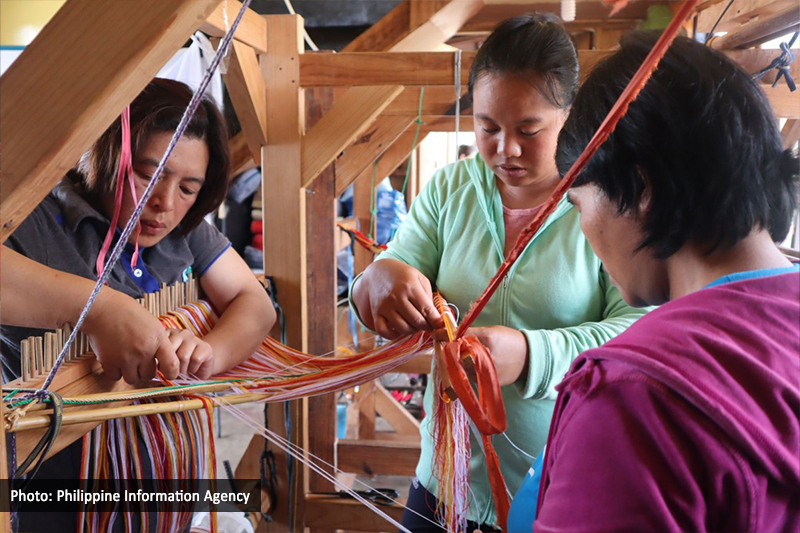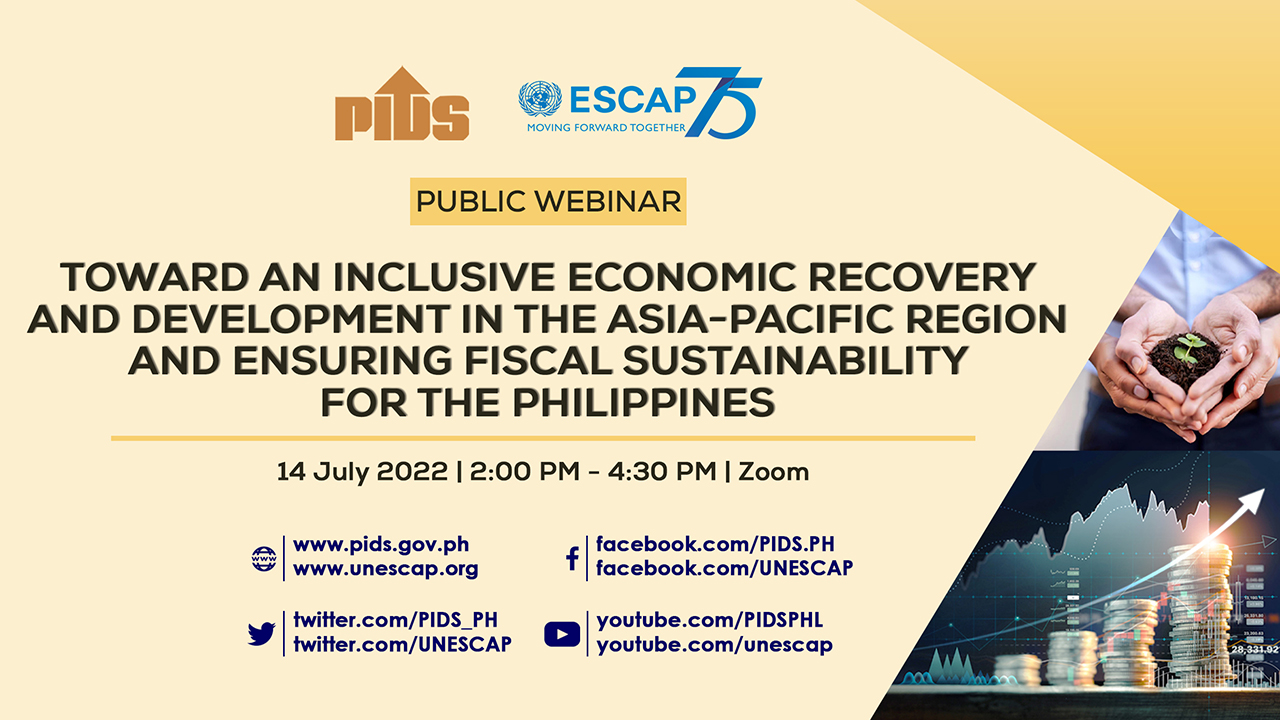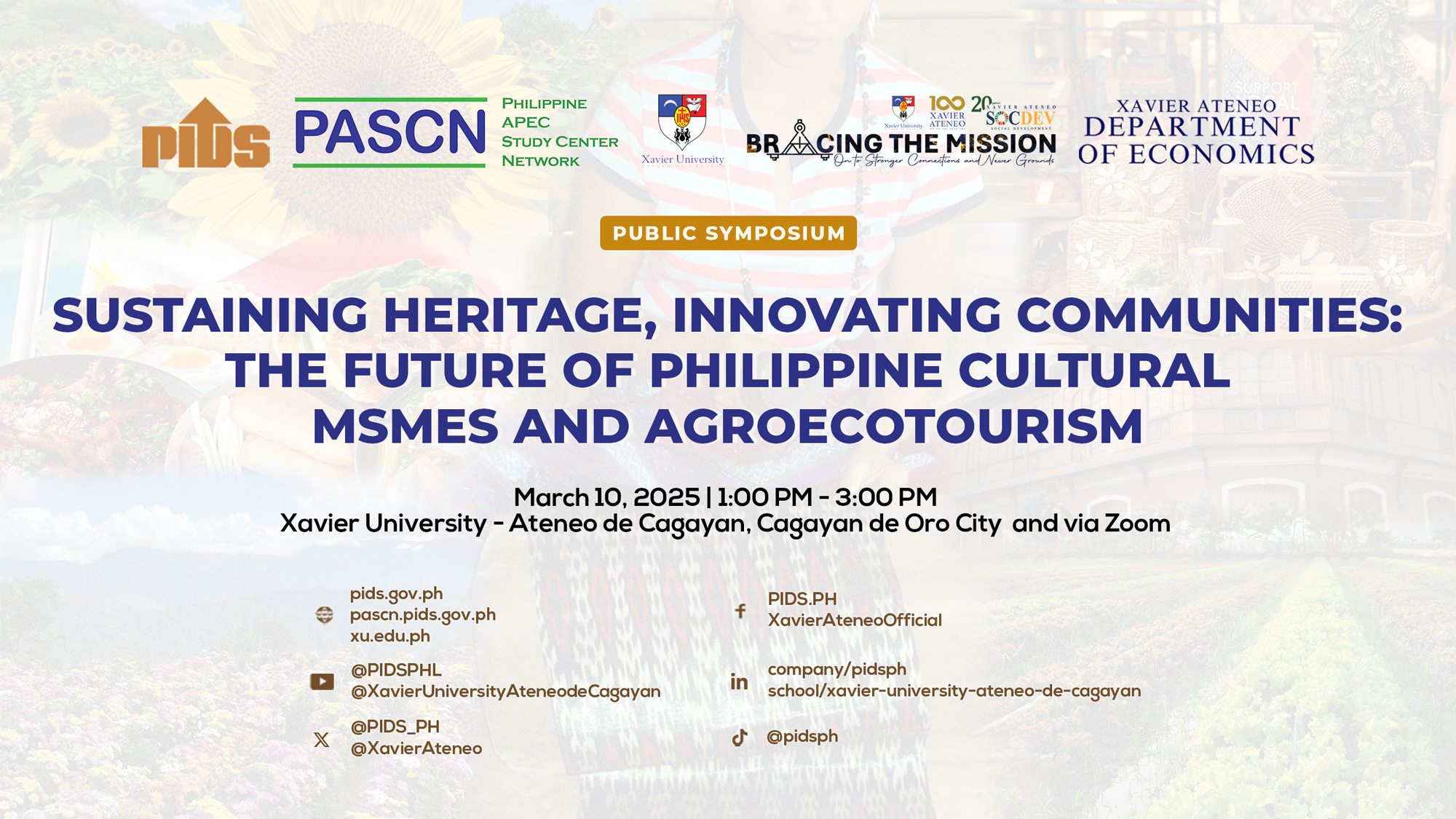This paper discusses the performance of the Philippine economy as it recovers from the Asian financial crisis and the challenges the country faces in sustaining the recovery and propelling the economy to a higher growth path. The economy has some strengths such as relatively healthy financial and corporate sectors, sustained growth in exports, among others, that can serve as a platform for sustaining the growth momentum. However, the authorities must perform two major tasks, which are not altogether new. One is to ensure macroeconomic stability. In this regard, the government must pay particular attention to containing its budget deficit and managing well its foreign and domestic debt. It must also pursue a consistent exchange rate policy to prevent the recurrence of the condition that prevailed before the crisis and reduce the country's risk to sudden shift in short-term capital flows. The other is to continue the structural reforms so that the country can exploit the opportunities created by the globalization of trade and finance. The structural reforms envisioned in the coming years should address the need for the country to develop intermediate industries to support the industrialization process and to deepen the local operations of foreign-owned enterprises as well as strengthen their linkages with local firms.
Citations
This publication has been cited 1 time
- San Juan, Ratziel. 2022. Out of stock: Whatever happened to Uniwide?. Lifestyle Asia.

